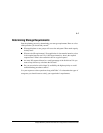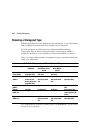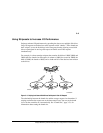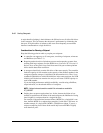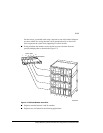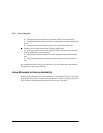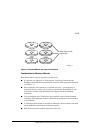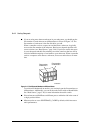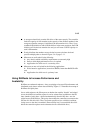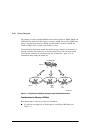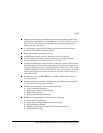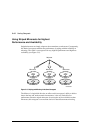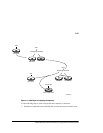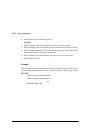
3–15
Compaq HSZ80 Array Controller ACS Version 8.3 Configuration and CLI Reference Guide
■ A storageset should only contain disk drives of the same capacity. The controller
limits the capacity of each member to the capacity of the smallest member in the
storageset when the storagest is initialized (the base member size). Thus, if you
combine 9 GB disk drives with 4 GB disk drives in the same storageset, the 4-GB
disk drive will be the base member size and you will waste 5 GB of capacity on
each 9-GB member.
■ Evenly distribute the members across the device ports to balance load and
provide multiple paths as shown in Figure 3–4 on page 3–11.
■ Mirrorsets are well-suited for the following:
❏ Any data for which availability requirements are extremely high
❏ Data to which high-performance access is required
❏ Applications for which cost is a secondary issue
■ Mirrorsets are not well-suited for the following applications:
❏ Write-intensive applications (worse than JBODs, better than RAID5 RAID-
sets)
❏ Applications for which cost is a primary issue
Using RAIDsets to Increase Performance and
Availability
RAIDsets are enhanced stripesets—they use striping to increase I/O performance and
distributed-parity data to ensure data availability. Figure 3–7 illustrates the concept of
RAIDsets and parity data.
Just as with stripesets, the I/O requests are broken into smaller “chunks” and striped
across the disk drives until the request is read or written. But, in addition to the I/O
data, chunks of parity data—derived mathematically from the I/O data—are also
striped across the disk drives. This parity data enables the controller to reconstruct the
I/O data if a disk drive fails. Thus, it becomes possible to lose a disk drive without
losing access to the data it contained. (Data could be lost if a second disk drive fails
before the controller replaces and reconstructs the first failed disk drive.)



